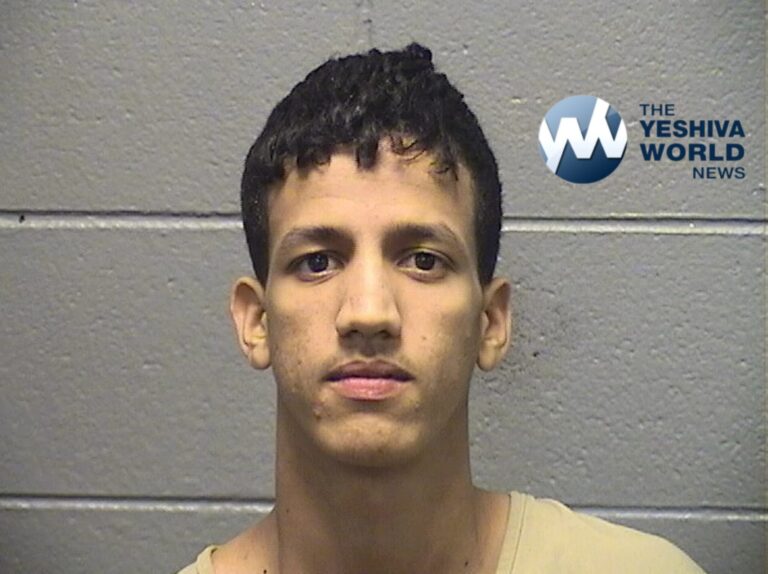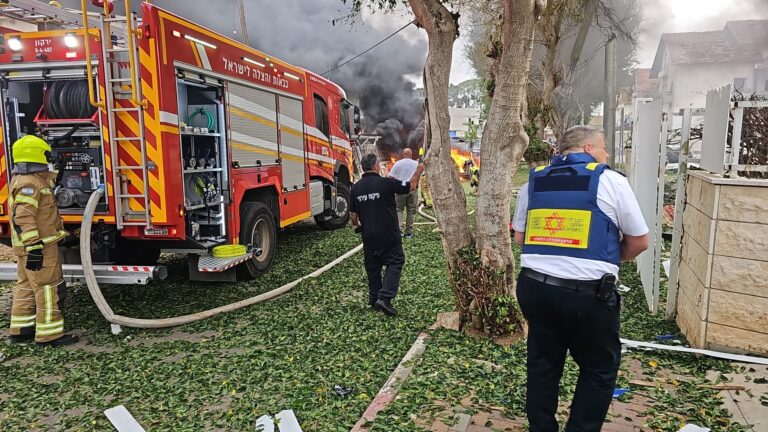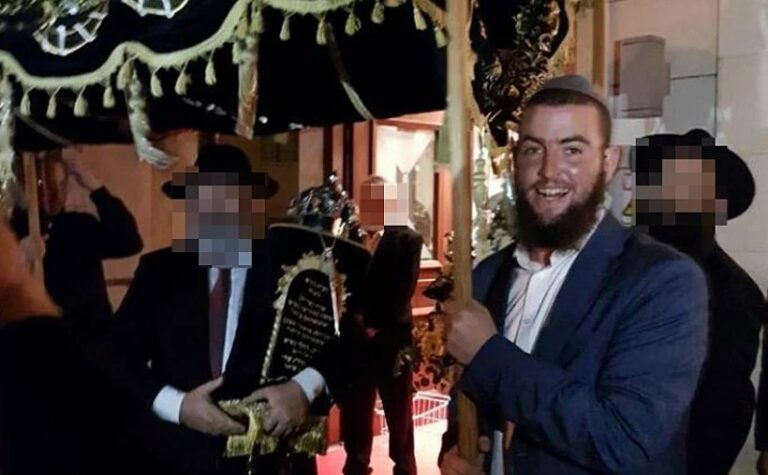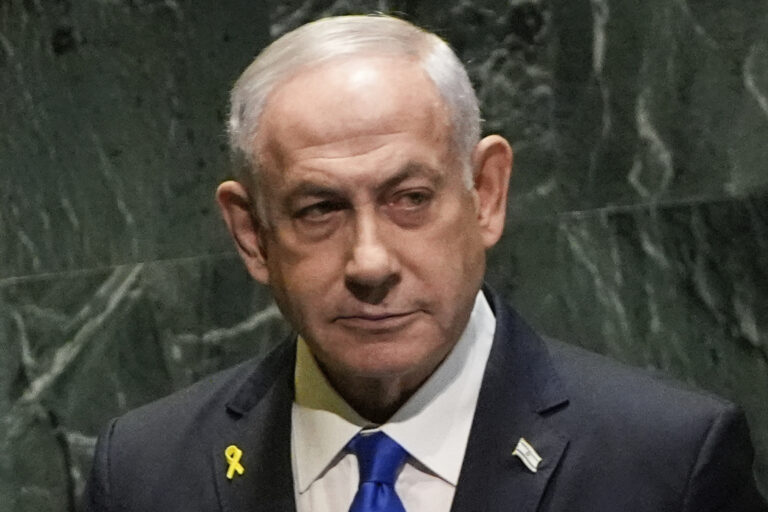 In the years of debate over New York City’s stop-and-frisk tactic, the idea of putting tiny cameras on police officers to record their interaction with the public was never seriously considered.
In the years of debate over New York City’s stop-and-frisk tactic, the idea of putting tiny cameras on police officers to record their interaction with the public was never seriously considered.
It came up almost by accident during an unscripted moment in the months-long civil rights trial over stop-and-frisk, when the city’s own policing expert raised it during testimony as something other cities use to determine whether a stop was made legally.
U.S. District Court Judge Shira Scheindlin seized on it.
“It would solve a lot of problems,” she said at the time. “Everybody would know exactly what occurred. It would be easy to review it. The officer would be aware he’s on tape.”
In her decision this week finding that city police intentionally discriminated against blacks and Hispanics when using stop-and-frisk, she ordered major changes including a pilot program of body-worn police cameras. As she described it, the cameras would be part of the possible remedies to “provide a contemporaneous, objective record … allowing for the review of the officer conduct by supervisors and the courts.”
Body-worn cameras are being used in some form in hundreds of smaller departments around the country and have been largely successful in reducing complaints against police and controlling the behavior of some suspects.
But New York City’s mayor has already criticized their use as unnecessary for the 35,000-officer department. Police reform advocates cautiously agreed to the idea in theory — with some caveats.
“It needs to be examined further, which is why a test program is the right idea,” said Baher Azmy, legal director of the Center for Constitutional Rights, which filed the lawsuit that led to Scheindlin’s ruling.
And both sides have raised privacy concerns in a city that already has thousands of public and private cameras recording people.
“New York City is already saturated with video cameras,” said Patrick Lynch, president of the Patrolmen’s Benevolent Association, which represents the rank-and-file officers. “Our members are already weighed down with equipment like escape hoods, mace, flashlights, memo books, (expandable police batons) radio, handcuffs and the like. Additional equipment becomes an encumbrance and a safety issue.”
In other cities where the cameras have been used, police officials say the results have been promising.
A yearlong pilot program in Rialto, Calif., ended in February, and researchers there found the number of use-of-force incidents dropped by half. The city of about 100,000 also had significantly fewer public complaints about police, dropping from 28 to just three.
In Arizona, Scottsdale police began using 10 body cameras about two months ago as the agency looks into equipping all of its roughly 250 patrol officers with the new devices.
“We’re always being photographed out there, videoed by cell phone cameras, and we’d prefer, if possible, to have our own video of what happened,” Sgt. Mark Clark said.
Clark said some officers were initially reluctant to use the cameras but an incident a few weeks ago changed some minds. Cameras found that a person who filed a complaint against a motorcycle patrol officer made the whole story up.
“We showed the person the video and they said, ‘Um, I guess I must have remembered it wrong,'” Clark said.
Phoenix police also are testing out the cameras with about 50 of its roughly 1,400 patrol officers as part of a study with Arizona State University.
“We want to know how it affects an officer’s job,” said police spokesman Sgt. Tommy Thompson. “Are there people who will say, ‘Listen, turn off that camera or I’m not going to talk to you?’ When people are being filmed, do they calm down?”
An officer was fired last month when investigators reviewed video from his body-mounted camera and found he was profane and abrasive during calls and traffic stops, calling one person “an idiot.”
Las Vegas police are also currently testing a program to deploy cameras after the idea was endorsed by brass last year amid calls for a civil rights probe into the frequency of officer-involved shootings.
In New York, Scheindlin ordered that one police precinct per borough where the most stops occur should host the yearlong pilot program. That means possibly more than a thousand officers would be recording with cameras on their eye glasses or lapels.
But Scheindlin’s edict prompts more questions than answers. A court-appointed monitor tasked with overseeing all changes to the stop-and-frisk tactic would also iron out the details surrounding the cameras.
Among them: How much will this cost? The lapel units, about the size of a cigarette pack, range in price from $125 to more than $300 each. What is involved in creating virtual storage for the recordings? And most vexing for privacy advocates, how long would images be kept?
Mayor Michael Bloomberg, who promised to appeal the judge’s ruling and delay implementing reforms, called the cameras no real solution.
“It would be a nightmare,” he said. “Cameras don’t exactly work that way. Camera on the lapel or the hat of the police officer — he’s turned the right way, he didn’t turn the right way, ‘my God, he deliberately did it.'”
(AP)










